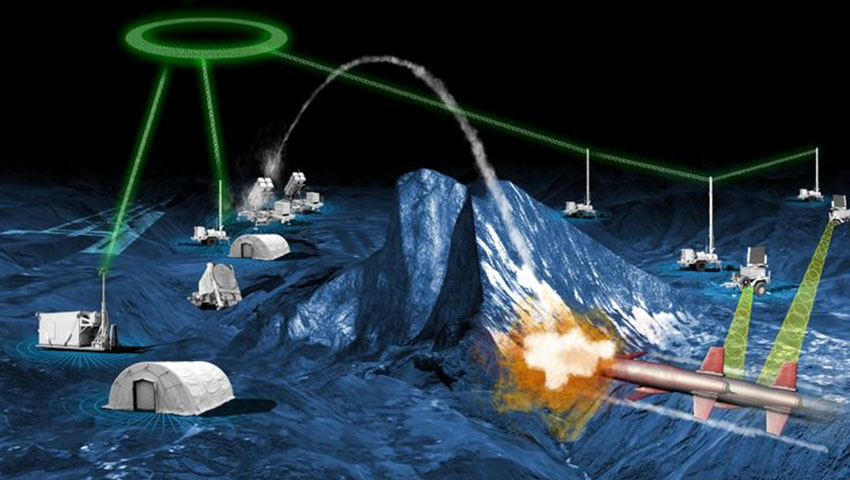With an impact on the AIR 6500 program, the US Army and Northrop Grumman have successfully intercepted a cruise missile at an extended range during a flight test using the Army Integrated Air and Missile Defence Battle Command System (IBCS) with Sentinel and Patriot radars and a Patriot PAC-3 interceptor.
To continue reading the rest of this article, please log in.
Create free account to get unlimited news articles and more!
The flight test demonstrated the value of IBCS to detect, track and engage the low-flying threat at a distance well beyond the range limitation of the current Patriot system.
Dan Verwiel, vice president and general manager, missile defence and protective systems, Northrop Grumman, explained, "This is an important event proving IBCS ability to enable next-generation concepts such as ‘engage-on-net’. This flight test also shows how IBCS ‘extends the battlespace’ to allow ‘shoot-look-shoot’ opportunities, maximising the probability of destroying the threat, which is critical as threats increase in sophistication."
The flight test was conducted at White Sands Missile Range, New Mexico, and began when a drone target, serving as a cruise missile surrogate, flew a low altitude trajectory against an asset defended by an Army IAMD task force.
The defence consisted of battery and battalion IBCS engagement operations centres, a Patriot radar and two Sentinel radars, and two PAC-3 launchers connected at the component level to the IBCS integrated fire control network. Because the low altitude flight path of the target obscured it from the Patriot radar’s field of view, the IBCS correctly used measurement data from the Sentinel radars to form a composite track from which IBCS calculated and presented the engagement solution.
The engagement operations centre operator then commanded, via the IBCS mission control software, the launch of a single PAC-3 interceptor missile to destroy the target.
"The successful test – with IBCS in a near-operational environment – provides confidence IBCS is delivering transformational warfighting capabilities, including all the advantages of intercepting a threat close to its origin," Verwiel added.
The IBCS is a revolutionary command-and-control (C2) system developed to deliver a single, unambiguous view of the battlespace. IBCS is recognised as a paradigm shift for IAMD by replacing legacy stove-piped systems with a next-generation, net-centric approach to better address an evolving array of threats.
Major General Rob Rasch, Army Program Executive Officer, Missiles and Space, said, "The August flight test further demonstrates the critical role IBCS plays in integrating fires and sensors to defeat stressing threats. An IBCS-enabled Patriot battalion is currently in new equipment training, and soldiers will spend the coming months learning the system and executing their own simulated battles in collective training, before entering into operational testing and live fire exercises next summer.
This significantly enhanced aircraft and missile tracking improves the ability of combatant commanders and air defenders to make critical decisions within seconds. With its truly open systems architecture, IBCS enables integration of current and future sensors and weapon systems and interoperability with joint C2 and the ballistic missile defence system.
"This week’s successful event validates the interoperability of the system and the maturity of the hardware and software design in support of ongoing soldier training and testing," MAJGEN Rasch explained.
The system is a key offering for Australia's AIR 6500 project, which will upgrade or replace the ADF's existing air defence systems. This investment will provide the foundation for an enhanced IAMD system for the ADF, ensuring that the delivered system is able to fuse and share information to enhance the accuracy and speed of ADF's systems response to air and missile threats.
The delivered architecture will have the flexibility for further enhancement to handle more complex threats and to integrate new technologies as they emerge.
Northrop Grumman is a leading global security company providing innovative systems, products and solutions in autonomous systems, cyber, C4ISR, space, strike, and logistics and modernisation to customers worldwide.
Stephen Kuper
Steve has an extensive career across government, defence industry and advocacy, having previously worked for cabinet ministers at both Federal and State levels.

 Login
Login








